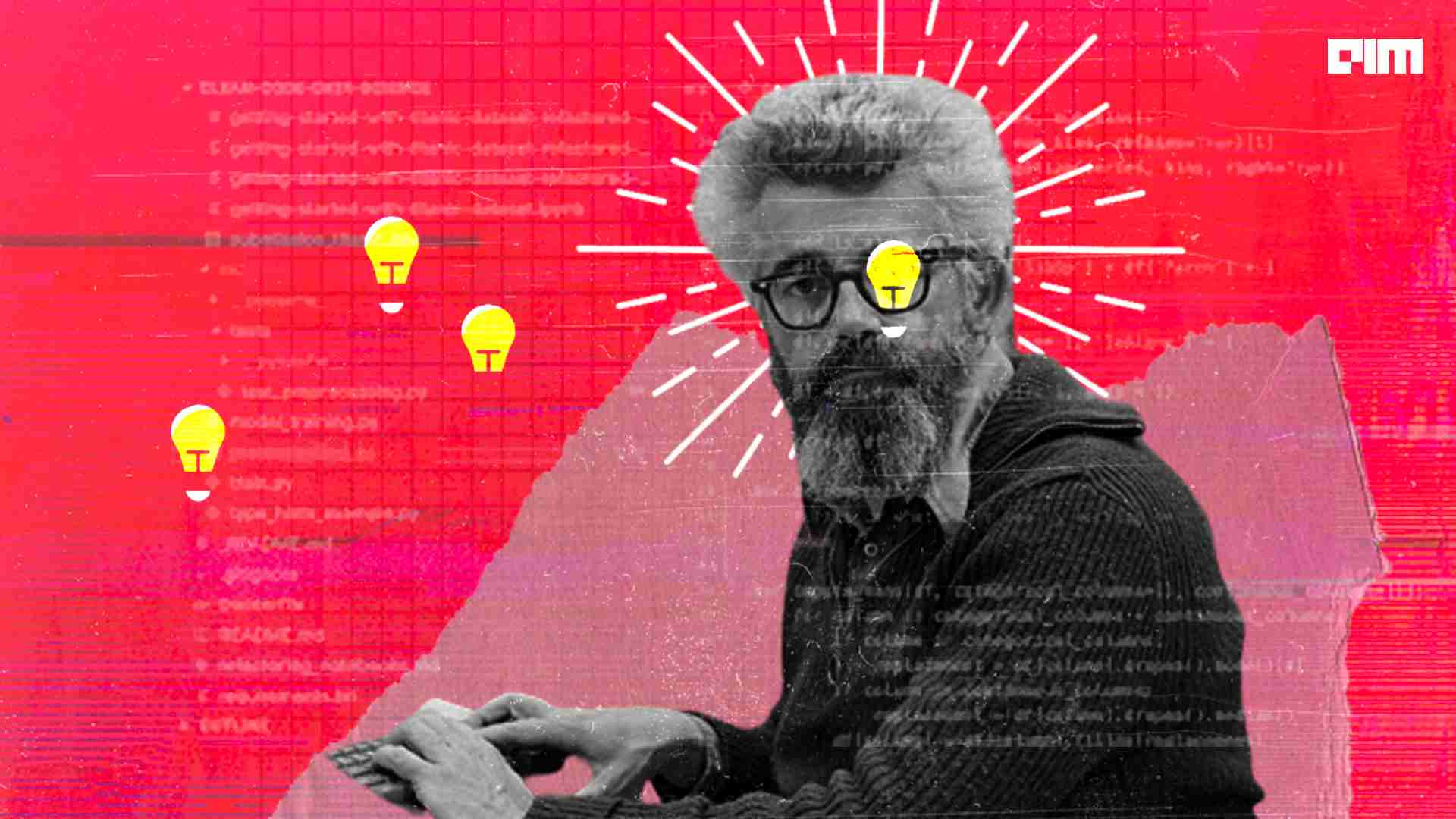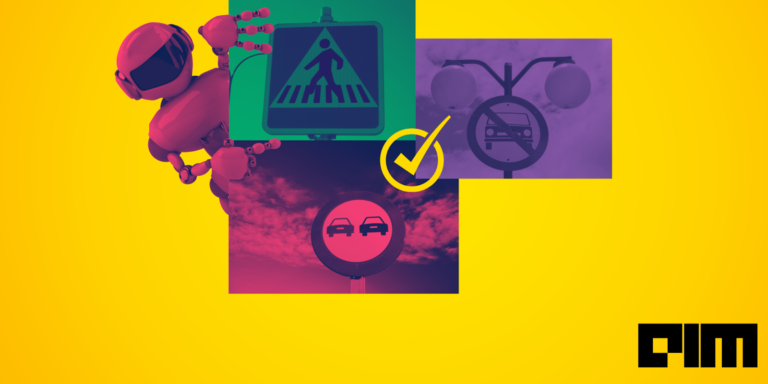The first ultraintelligent machine is the last invention that man needs ever make, provided that the machine is docile enough to tell us how to keep it under control, said Oxford philosopher Nick Bostrom. His book, Superintelligence, is a crystal ball on AI’s timeline and the future of humanity. Inarguably, artificial intelligence has become an integral part of our lives. Here, we look at the AI breakthroughs that precipitated this paradigm shift.
1) Genesis
In 1956, John McCarthy, one of the founding fathers of AI, coined the term “artificial intelligence” during the Dartmouth workshop in 1956. The workshop that saw the participation of luminaries like Marvin Minsky, Nathaniel Rochester and Claude E. Shannon is considered the founding event of AI as a field.
2) Captcha, gotcha
In 1950, the British mathematician Alan Turning created a reversed form of the Turing test/Imitation Game, which is now used as CAPTCHA test to determine if the user is a human or a robot.
3) Man vs machine
On May 11, 1997, IBM’s Deep Blue beat world chess champion Garry Kasparov. The computer won two and Kasparov won one match and three games ended in a draw. Deep blue used Good Old-Fashioned Artificial Intelligence (GOFAI) and processed almost 200 million options per second to achieve this feat.
4) Director’s hat
An AI named Benjamin created a movie called “Zone Out” in 2018 starring Thomas Middleditch. The AI created the movie from scratch in 48 hours, where Benjamin was the storyteller, editor and selector of music all rolled into one. Director Oscar Sharp and Ross Goodwin, a creative technologist at Google, came up with the idea. Benjamin is a long short-term memory recurrent neural network.
5) Tryst with Kismet
Dr Cynthia Breazeal developed at Massachusetts Institute of Technology in the 1990s as part of an experiment in affective computing, a machine that can recognise and simulate emotions. Kismet contained input devices that gave it auditory, visual and proprioceptive abilities. The robot stimulated emotions through various facial expressions, vocalisation and movement. Facial expressions were created through ears, eyebrows, eyelids, lips, jaw, and head movements. Kismet is spending her retired life at the MIT Museum.
6) Gender bender
UNESCO’s 2019 report, I’d Blush if I Could, spoke about the gender bias and stereotypes embedded in AI-powered voice-assistant applications. UNESCO has developed a guideline on the ethics of Artificial Intelligence (AI). The comprehensive global standard-setting instrument can be a beacon of light to bring some gender balance into AI.
7) Dr Who?
AI has been extensively used in the medical field, not just for diagnosis, but also in decision-making and robot-assisted surgeries. For example, at the Stanford University Medical Center, Dr Elsie Gyang Ross and colleagues deployed algorithms to identify patients at risk for a circulatory condition known as peripheral artery disease (PAD). The algorithm forecasted which PAD patients would develop major cardiac and cerebrovascular events.
8) How old are you really?
Scientists at Insilico Medicine have built an Aging Clock based on AI-driven analysis of blood tests from 130,000 people from South Korea, Canada and Eastern Europe. You just have to upload your selfie or recent blood test to find out your biological age.
9) Mrs Robot
Saudi Arabia gave citizenship to Sophia, an advanced humanoid robot, in 2017. Sophia was also named the United Nations Development Programme’s first-ever Innovation Champion. The AI that powers Sophia allows it to converse with humans, maintain eye contact, and emulate facial expressions, etc.
10) Better half
Bicentennial Man story might come true as the romance between humans and machines is nearing the realm of the possible. According to AI expert Dr David Levy, humans will not just have sex with robots but also marry them a few decades from now. By 2050, human and robot marriages will be made legal, he said.













































































